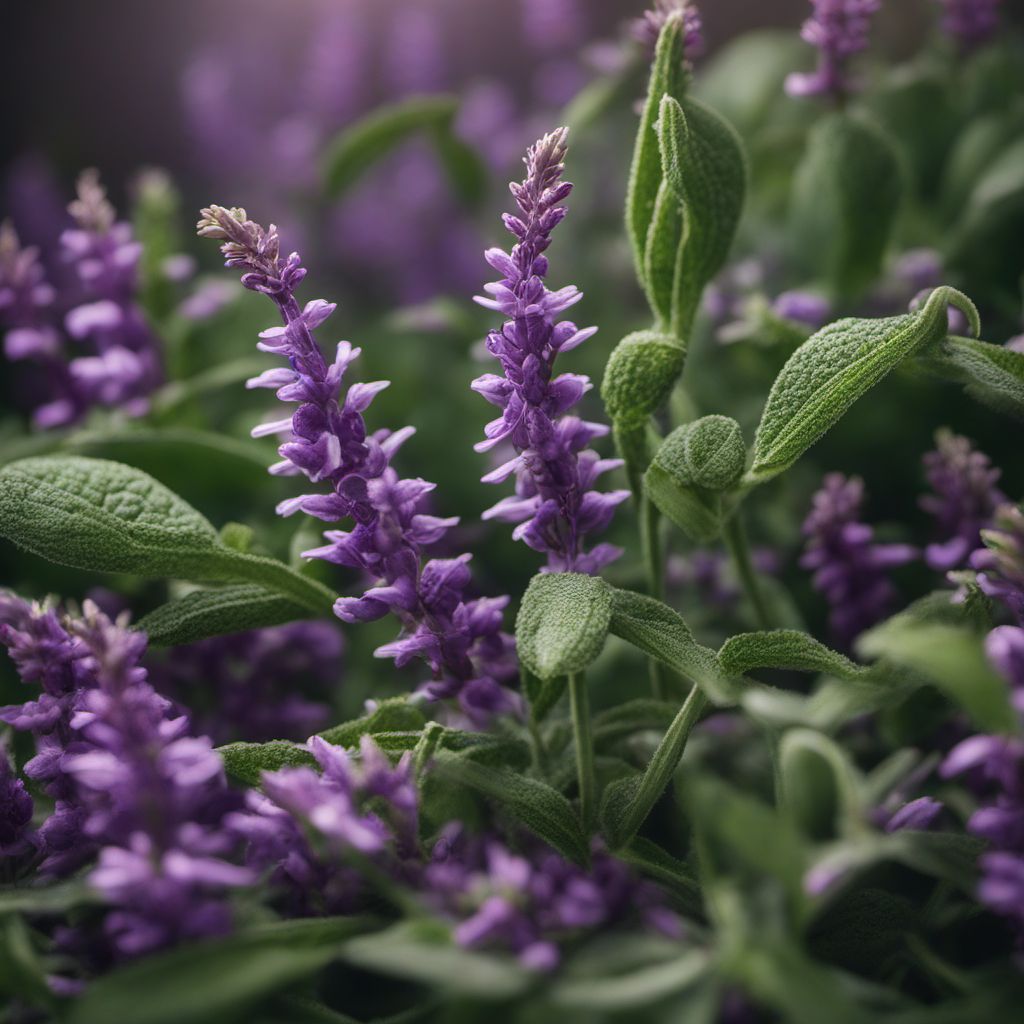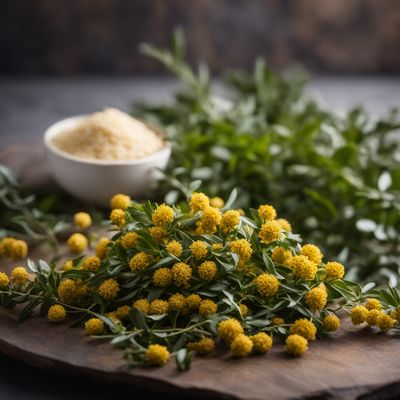
Ingredient
Other species and hybrids of genus Salvia, not elsewhere mentioned
Exploring the Hidden Gems of the Salvia Genus: A Culinary Adventure
Other species and hybrids of the Salvia genus encompass a diverse group of plants that are used in culinary applications around the world. These ingredients vary in appearance, taste, and texture, but they all share a common thread of aromatic compounds that infuse dishes with their distinct flavors. From the earthy and slightly bitter notes of Salvia officinalis to the floral and citrusy undertones of Salvia elegans, each species and hybrid brings its own unique characteristics to the table. The leaves of these plants can range from small and delicate to large and robust, while their colors span from vibrant green to deep purple. Whether used fresh or dried, these ingredients lend a delightful complexity to soups, stews, sauces, and even desserts.
Origins and history
The Salvia genus has a rich history that dates back centuries. Native to various regions across the globe, including the Mediterranean, Central and South America, and Asia, these plants have been utilized for their culinary and medicinal properties. Salvia officinalis, commonly known as common sage, has been cultivated since ancient times and was highly regarded by the Greeks and Romans for its medicinal benefits. Salvia elegans, also known as pineapple sage, originates from Mexico and has been used by indigenous cultures for its aromatic leaves and flowers. Throughout history, different species and hybrids of the Salvia genus have been incorporated into traditional cuisines and herbal remedies, showcasing their cultural significance.
Nutritional information
These ingredients are low in calories and rich in essential nutrients such as vitamins A, C, and K, as well as minerals like iron and calcium.
Allergens
There are no known allergens associated with other species and hybrids of the Salvia genus.
How to select
When selecting other species and hybrids of the Salvia genus, look for fresh, vibrant leaves that are free from blemishes or discoloration. Choose plants with strong aromas, as this indicates their flavor potency. If purchasing dried leaves, ensure they are stored in airtight containers to maintain their freshness.
Storage recommendations
To maintain the freshness and quality of other species and hybrids of the Salvia genus, store fresh leaves in a plastic bag or airtight container in the refrigerator. Dried leaves should be kept in a cool, dark place away from moisture.
How to produce
Amateur gardeners can grow other species and hybrids of the Salvia genus by starting with seeds or young plants. These plants thrive in well-drained soil and require ample sunlight. Regular pruning helps promote healthy growth and ensures a steady supply of fresh leaves.
Preparation tips
Other species and hybrids of the Salvia genus can be used in various culinary applications. Fresh leaves can be chopped and added to salads, used as a garnish, or infused into oils and vinegars. Dried leaves are commonly used in spice blends, marinades, and herbal teas. Experiment with different cooking techniques to unlock the full potential of these ingredients.
Culinary uses
Other species and hybrids of the Salvia genus are versatile ingredients that can be used in a wide range of dishes. They add depth and complexity to savory dishes such as roasted meats, poultry, and vegetables. They can also be incorporated into sweet treats like cakes, cookies, and fruit salads. Additionally, these ingredients are often used in herbal infusions and teas.
Availability
Other species and hybrids of the Salvia genus are commonly available in regions where they are cultivated, including the Mediterranean, Central and South America, and Asia.


